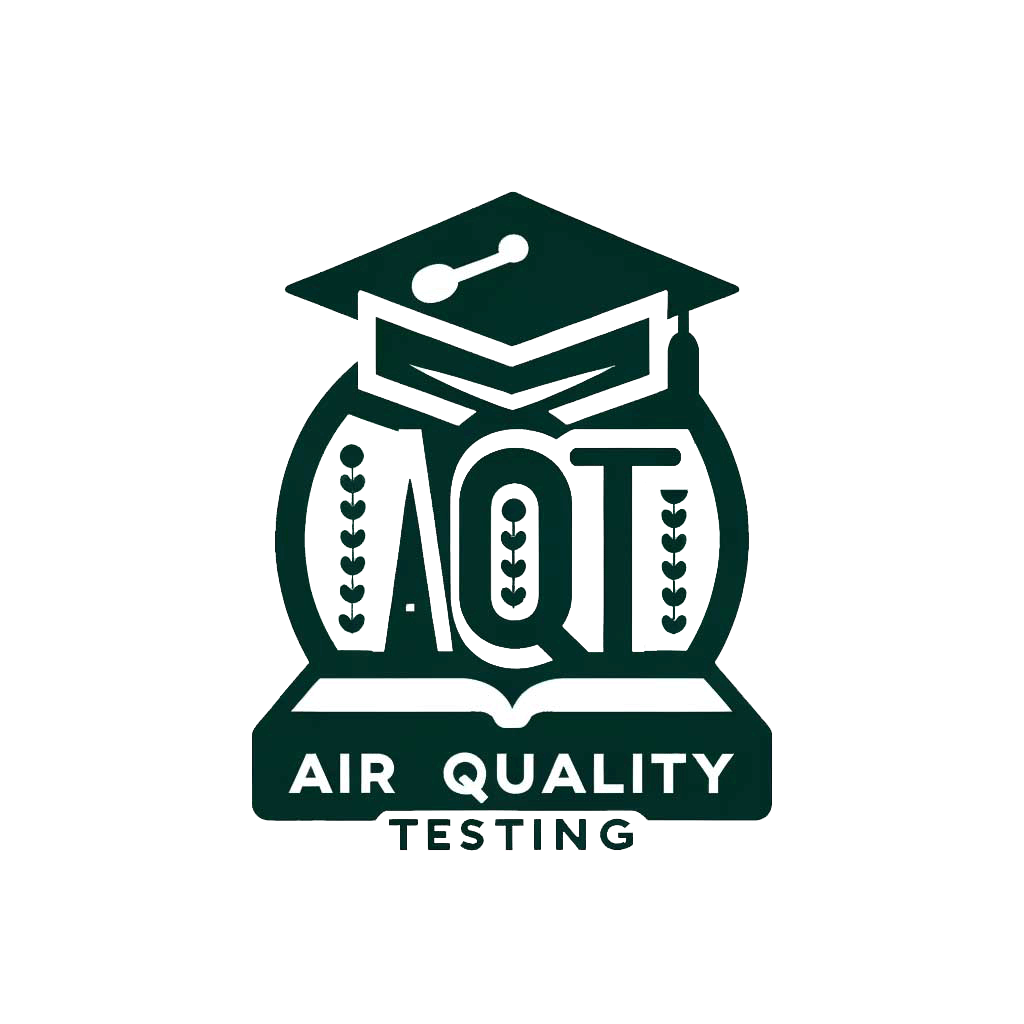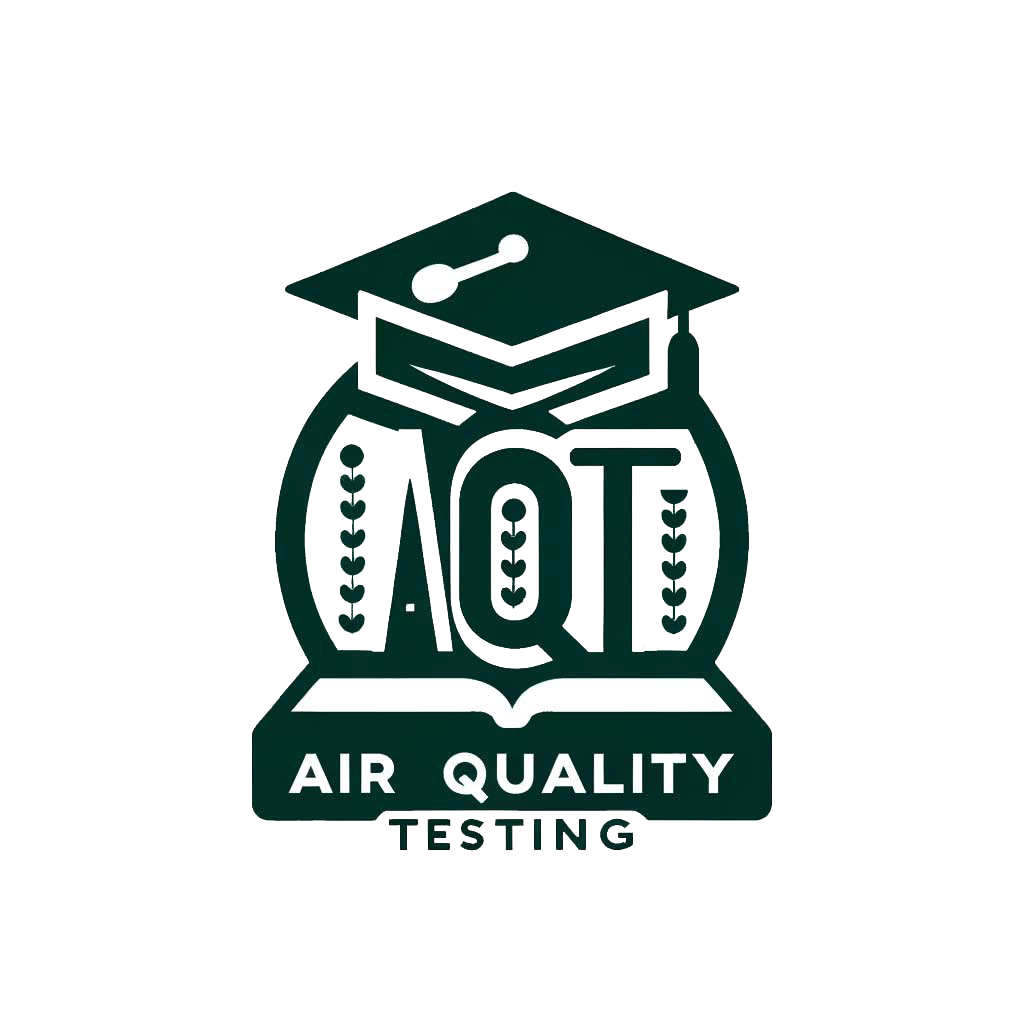Basic Air Quality


What is Air Quality?
Air quality refers to the condition or cleanliness of the air within our surroundings. It’s determined by the presence and concentrations of various pollutants, which can be substances harmful to human health, the environment, and the climate. These pollutants can originate from natural sources, such as volcanic eruptions and wildfires, or human activities, including industrial processes, vehicle emissions, and the burning of fossil fuels.
The importance of air quality cannot be overstated, as it directly affects human health, environmental sustainability, and overall quality of life. Clean air is fundamental to maintaining healthy lung function, reducing the risk of respiratory diseases, such as asthma and chronic obstructive pulmonary disease (COPD), and protecting sensitive ecosystems that rely on a balanced and unpolluted atmosphere.
Poor air quality, on the other hand, has been linked to a range of health issues, from minor irritations like coughing and throat discomfort to serious conditions such as heart disease, stroke, and premature death. Vulnerable populations, including children, the elderly, and those with pre-existing health conditions, are particularly susceptible to the effects of air pollution.
Understanding air quality involves monitoring the concentrations of specific pollutants, which are used to calculate the Air Quality Index (AQI) – a tool that helps the public understand how clean or polluted the air is on any given day and the potential health impacts. The AQI measures pollutants like ground-level ozone, particulate matter, carbon monoxide, sulfur dioxide, and nitrogen dioxide, providing a clear and accessible way for people to gauge the air quality in their area and make informed decisions about their outdoor activities.
In summary, air quality is a critical aspect of our environment that directly influences human health, well-being, and the planet’s ecosystems. By understanding and improving air quality, we can protect our health, ensure the well-being of future generations, and preserve the natural world.
Components Of Clean Air
Clean Air, Essential For Life On Earth, Is A Mixture Of Various Gases That Are Naturally Present In The Atmosphere In Stable Concentrations. The Primary Components Of Clean Air Include:
- Nitrogen (N2): Making Up About 78% Of The Earth’s Atmosphere, Nitrogen Is The Most Abundant Gas In The Air. It Is Crucial For The Growth And Reproduction Of All Living Organisms, As It Is A Key Element In Amino Acids And Nucleic Acids.
- Oxygen (O2): Comprising Approximately 21% Of The Atmosphere, Oxygen Is The Second Most Plentiful Gas. It Is Vital For Respiration In Most Living Organisms And Supports The Combustion Processes.
- Argon (Ar): About 0.93% Of The Atmosphere Is Argon, Making It The Third Most Common Gas. Argon Is An Inert Gas Used In Various Industrial Processes, Such As Welding And In Light Bulbs To Prevent The Oxidation Of The Filament.
- Carbon Dioxide (CO2): Although It Makes Up Only About 0.04% Of The Atmosphere, Carbon Dioxide Is Crucial For The Photosynthesis Process In Plants And Affects The Earth’s Climate And Temperature By Trapping Heat In The Atmosphere.
- Minor Gases: The Atmosphere Also Contains Trace Amounts Of Other Gases, Such As Neon, Helium, Methane, Krypton, Hydrogen, And Xenon. These Gases, Despite Their Low Concentrations, Play Significant Roles In Various Chemical Processes And In The Regulation Of The Earth’s Climate.
- Water Vapor (H2O): The Amount Of Water Vapor In The Air Can Vary Significantly From Almost None To About 4% By Volume, Depending On The Humidity Levels. Water Vapor Is Crucial For Weather Patterns And Climate, Contributing To The Greenhouse Effect And The Formation Of Clouds And Precipitation.
In Addition To These Gases, Clean Air Contains A Very Small Amount Of Particulate Matter And Other Substances, Which Are Naturally Present In Negligible Amounts And Do Not Harm Health Or The Environment Under Normal Conditions.
Understanding The Basic Composition Of Clean Air Is Foundational To Recognizing How Human Activities Can Alter Its Balance, Leading To Air Pollution. By Introducing Pollutants Into The Atmosphere, Such As Excessive Amounts Of Carbon Dioxide, Particulate Matter, And Toxic Gases, We Disrupt The Natural Composition Of The Air, Posing Risks To Health, Ecosystems, And The Climate.
frequently asked questions
How does the number of occupants in a home or building impact indoor air quality and duct cleaning frequency?
The number of occupants significantly affects indoor air quality, with more people leading to faster dust and allergen accumulation. Duct cleaning frequency should be adjusted accordingly.
How does family living, especially with children and pets, affect the need for more frequent duct cleaning?
Families with more occupants, children, and pets might need to consider duct cleaning every 2-3 years to maintain healthy indoor air quality.
In multi-family buildings like condominiums, what factors influence the frequency of duct cleaning?
Centralized HVAC systems in multi-family buildings can accumulate pollutants faster. Building management should consider annual inspections and more frequent cleaning to ensure optimal air quality.
What frequency of duct cleaning is advisable for homes with shared housing arrangements, such as renters or extended family?
Homes with shared living situations might benefit from annual or bi-annual duct cleaning to manage increased activity and maintain a healthier environment.
Why do office buildings with a higher number of employees often require more frequent duct cleaning?
Increased occupancy in office buildings leads to greater air quality challenges due to activity and equipment use. They generally require more frequent cleanings.
What is the recommended duct cleaning frequency for high-traffic commercial spaces like retail stores or restaurants?
High-traffic commercial spaces often need quarterly or bi-annual duct cleaning to ensure a healthy environment and comply with health standards.
Why might schools and educational institutions consider yearly or seasonal duct cleaning?
Schools, with their high occupancy of children susceptible to respiratory issues, may benefit from yearly or seasonal duct cleaning to maintain a healthy learning environment.
How does the seasonal nature of rentals impact duct cleaning frequency?
Properties rented out seasonally may require duct cleaning after a high-traffic rental season to ensure good air quality for the next group of renters.
Why is it crucial to consult with professional duct cleaning services when determining cleaning frequency based on occupancy levels?
Professional services can assess specific conditions and provide expert guidance on the most appropriate cleaning schedule tailored to your situation.



 NADCA
NADCA 


